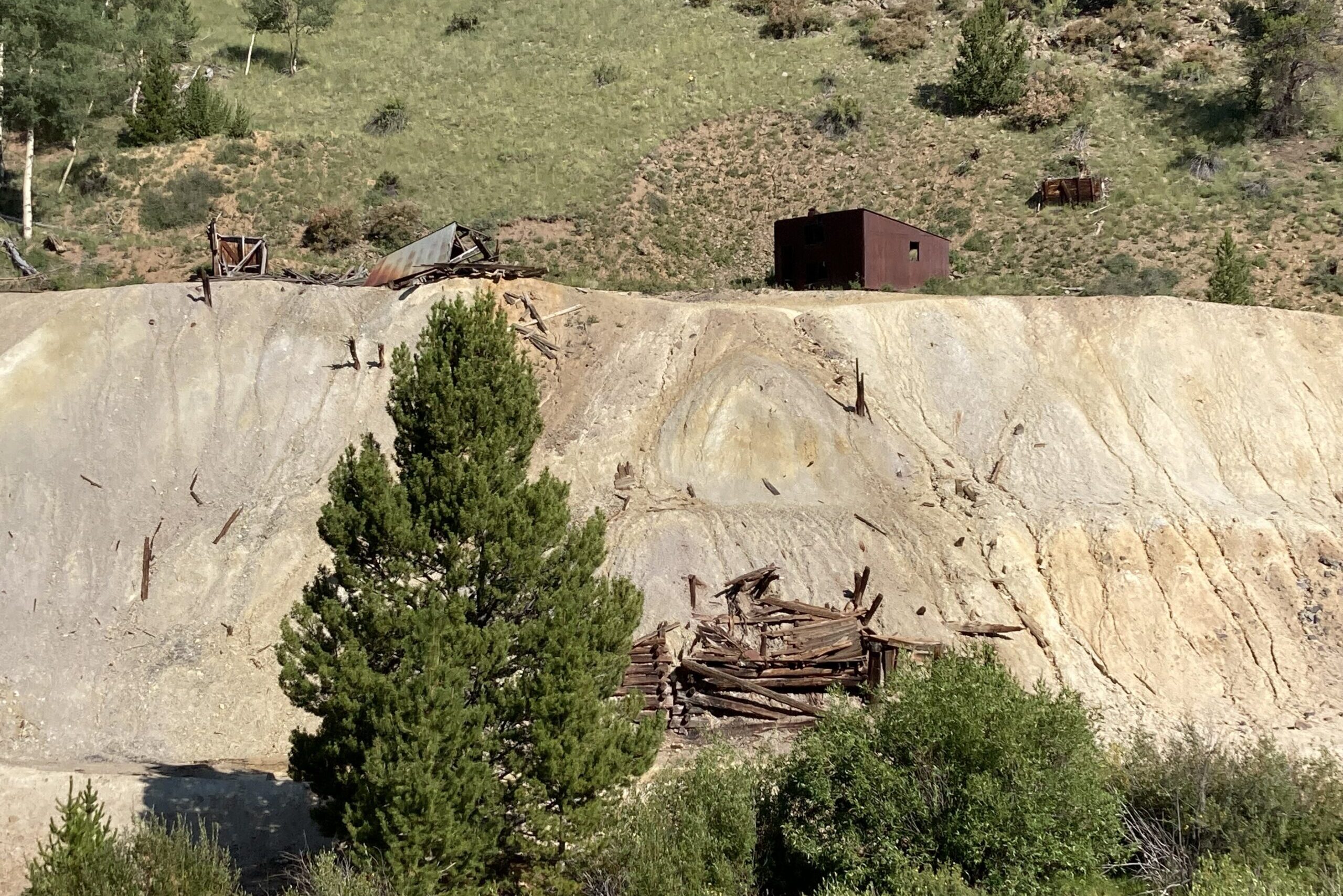Across California and the West, where dozens of large wildfires are burning, public health agencies are urging people to seal off their windows and doors, change filters in air conditioning units and in some places wear masks if they have to go outside for any extended period.
Just as the wildfire season is getting longer and more destructive in the West because of climate change and prior forest management, scientists are warning of a lengthening — and worsening — smoke season. The fires themselves have burned hundreds of homes and forced thousands to evacuate. But the smoke, and the unhealthy toxins blowing in with it, will directly affect hundreds of thousands more people. It used to be just a few days here or there. Now, the smoke pollution is lasting for weeks, even months.
"You've heard a lot about air pollution in Beijing, that's what it's like," says Anthony Wexler, director of the Air Quality Research Center at the University of California Davis.
Advisories for unhealthy air have been in place in and around Glacier National Park in Montana lately, as well as eastern Washington and up and down the West Coast. In some places, air quality readings have easily been 10 times worse than the federal standard, even higher.
Near Redding, Calif., where the Carr Fire continues to burn out of control, Richard Libscomb's home has been choked by smoke for weeks. At first it was just a nuisance, until one afternoon when he was outside doing work.
"I started breathing hard, getting dizzy and I fell down," Libscomb, 81, says. His doctor told him wildfire smoke particles were coating his lungs. Until the air gets clearer, he's on oxygen, carrying a small tank with him everywhere in case of emergencies.
Wildfires are a fact of life here. Libscomb used to fight them when he was younger. But the smoke never lingered this long.
"This year it's been hanging in there," Libscomb says. "It's pretty good sometimes in the morning and then before the day's over you can't see those trees."
In Redding, the smoke has been so thick you can't even see the sun most days. High school football teams are practicing indoors. Shasta County Health and Human Services has distributed more than 10,000 free "N-95" smoke masks that filter out 95 percent of harmful particulates. For 21 consecutive days, Redding's air quality was listed as unhealthy.
"Everybody comes in coughing a little bit, just struggling, sneezing watery eyes," says Dave Maron, the county's manager for community health protection.
Maron says his agency's public messaging has been constant: Wear your masks and avoid any exertion outside: "Because this exposure to long-term wildfire smoke does have health effects," he says.
Children whose lungs aren't fully developed and older people who may have pre-existing conditions are considered to be especially at risk.
There's a reluctant acceptance among many westerners that prolonged smoke events are the future, just like these more destructive, modern mega-fires. As in a lot of western cities, Redding has expanded into forests where the fire risk is high. On the city's west side, the devastation from the Carr Fire is alarming: homes, power lines, old cars, gas tanks are incinerated. It's not just smoke from burning forests anymore.
"When you get smoke from structures with benzenes and other cancer causing formaldehydes in these materials, that's a whole other ball game," Maron says.
Researchers at universities in the Northwest and California are now more narrowly studying the long-term health effects of this. At UC Davis, Anthony Wexler's team hopes to soon give first responders and firefighters a clearer picture of the safety risks. Scientists are using a mobile air quality unit and are traveling to some of California's biggest fires — and hardest hit neighborhoods — to sample particulate matter.
"If there are serious toxins in the atmosphere then there could be long-term health consequences that we don't even understand," Wexler says.
9(MDEyMDcxNjYwMDEzNzc2MTQzNDNiY2I3ZA004))








